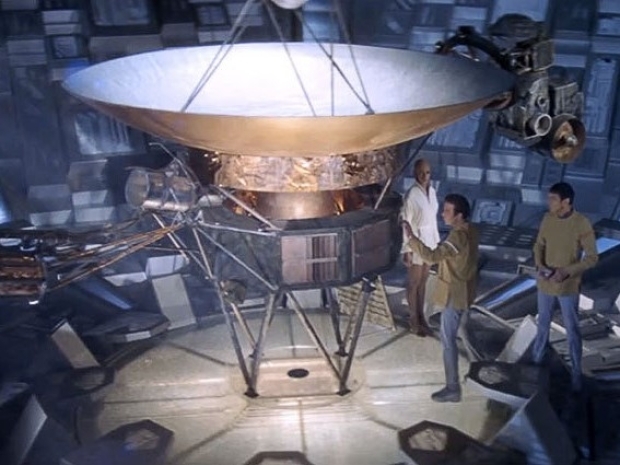The probe’s flight data subsystem (FDS) has become a bit wobbly, with about three per cent of its memory turning to space dust.
In a move that's more MacGyver than mission control, the experts coaxed Voyager 1 to reveal its memory readout. They discovered that a single chip, likely older than most of their interns, had caused the glitch. This chip, after an impressive 46 years of service, might've taken a cosmic hit or simply decided to retire.
NASA is not the sort to throw in the towel. They're beavering away, optimistic as a Brit on a sunny day, to get the old bird singing again – sans the dud chip.
Let's not forget that Voyager 1 and its sibling, Voyager 2, are a dynamic duo that has left us in awe. They've zoomed past Saturn and Jupiter, and Voyager 2 even took a peek at Uranus and Neptune. Now, they're both venturing through the interstellar wilderness, far beyond the Sun's heliosphere. While Voyager 2 is still going strong, Voyager 1 is putting up a bit of a fight. But with determination and some serious brainpower, NASA thinks it should have it back in the data-sending business in no time.

